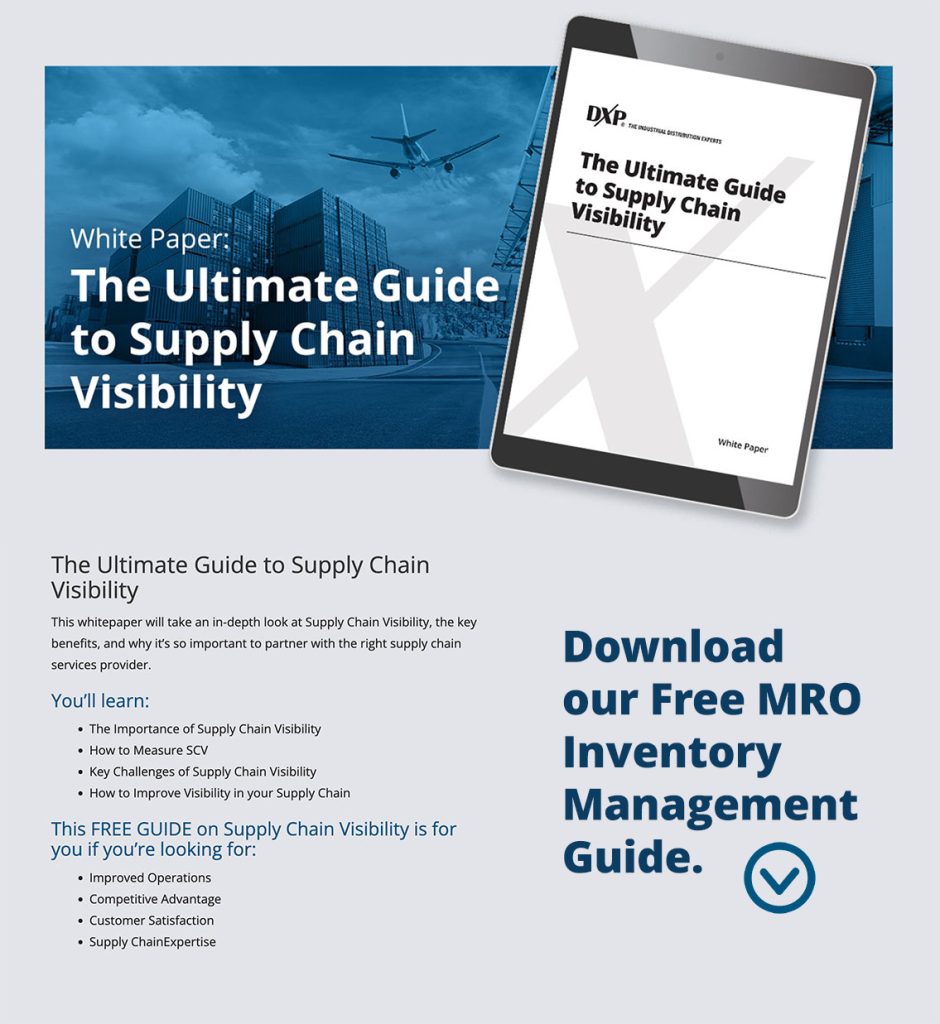
5 Keys to Choosing the Right Bearing
Installing the right bearing is crucial for optimizing equipment performance. The wrong bearing can reduce efficiency, impose extra maintenance requirements, and in the worst cases, lead to equipment seizures and expensive downtime. The different bearing styles available don’t make your decision any easier.
Choosing the right industrial bearings can be challenging. During operation, industrial bearing and power transmission equipment creates a complex matrix of forces—speeds, temperatures, pressures—that often interact in nonlinear ways. The machinery’s job and the business’s broader plans can all be important considerations as well.
5 Factors in the Bearing Selection Procedure
Here are five of the top factors worth thinking about when choosing the right bearing:
1. Load
Bearing load is measured in several ways. Radial load is exerted at a right angle to the shaft. Axial load measures forces acting in parallel with the shaft. Radial and axial loads can combine in a system to create a moment or combined load. A bearing must be able to handle the anticipated range of all three of these load types. In some cases, bearings need to be paired to balance variable load conditions or to address complex load conditions.
2. Speed
Every bearing is designed to operate well within a certain speed range. A system that operates at high speed will need different bearings than one that operates at relatively slow speeds. High-speed bearings must be able to continue safe operation despite minor misalignment problems that can have significantly greater effects at fast rotation.
3. Temperature
Getting the most out of a rotating system requires a good understanding of how temperature variations will affect its parts. Bearings can be significant sources of heat in a system, and their response to heat from adjacent parts is also critically important. Among other things, the bearing’s lubrication must be tuned to the specific operating temperatures of the bearing.
4. Sealing
A bearing’s seals keep its lubricant clean, which is critical to ensuring efficient operation and long bearing life. The choice of seal must consider the bearing itself, the type of lubricant it uses, the forces that will be applied to the seal, and the environment in which the equipment operates. A bearing installed in a gravel pulverizing machine will need a different seal than one used in a sewage treatment machine.
5. Maintenance

The bearing selection process is not complete without evaluating the long-term industrial maintenance services available. Like most hardware decisions, choosing a bearing can be a matter of balancing cost and performance. A more robust bearing may cost significantly more but require less frequent maintenance and replacement. Other factors include the relative ease with which the bearing can be lubricated and inspected. A business that handles its own maintenance may have different requirements than one that uses a third-party service provider.
DXP Carries the Industrial Bearing Types You Need
DXP Enterprises is a leading supplier of industrial bearings. We help customers select the correct bearings for their applications, install them correctly, and maintain them for peak performance.
Contact us online today to learn more about DXP’s complete range of bearings solutions.

